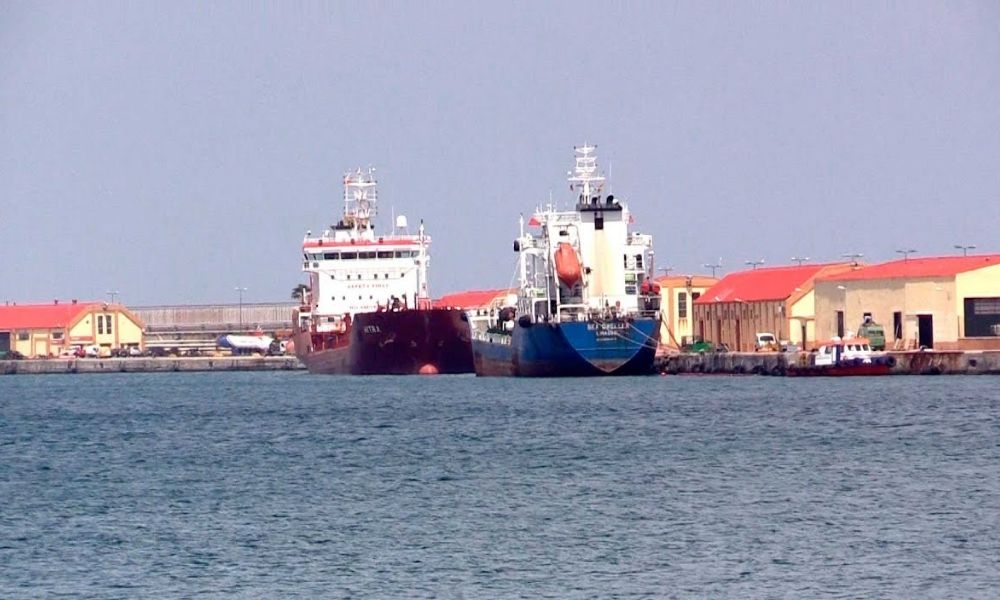
Welcome to our new website, a direct line of communication designed to enhance business relationships by providing a clear and transparent overview of our work.
Our entire company staff are excited about taking up this new challenge, aware that new technologies are the key to continuing to offer the very highest quality and effectiveness in our services.


List of most commonly used sailing terms
Like any other field, sailing has its own vocabulary. It includes a long list of technical terms that not only enables manoeuvres at sea, but also facilitates communication between enthusiasts of this ancient endeavour.
Its abundant glossary goes beyond replacing the words "front, back, left or right" with the terms "prow, stern, port side and starboard" (from stern to prow) or the use of "nautical miles" instead of "kilometres" when referring to distance. It’s such a broad and interesting dictionary, that it escapes the limits of any post.
We, at Salama, bunkering agency in Ceuta, would like to present a small selection of the many terms heard in the ports and offshore. More or less known, they all occupy an indisputable place in the navigation dictionary.
To lay alongside: placing a vessel next to another or in a dock, so that its side is in contact.
Coiling: the act of rinsing and adjusting a rope, to leave it ready for stowage or later use.
Catboat: a single mast vessel (the generic name given to single mast boats).
Cockpit: the space in the hull intended for the crew.
Tiller: the part of the rudder used to hold it and steer.
Backing down: sailing backwards (rowing backwards).
Bear away: manoeuvring to move the prow away from the direction of the wind.
Pilot chart: a nautical publication that collects instructions, information and data of interest for the sailor.
Downwind: sailing with the wind coming from the stern.
Wake: the trace left in the water after the passage of a vessel.
Fiberglass: amaterial for building hulls and other parts by moulding in combination with certain resins.
Anchorage: a place suitable for dropping the anchor.
Pennant: a small, triangular flag, characteristic of each club.
Bight: an eye-shaped loop made with a cable or a rope.
Rig: the set of ropes and cables on a vessel.
Porthole: an opening in the deck to allow light to enter the cabin.
Mylar: a synthetic material used to make sails.
Knot: unit used to measure speed equivalent to one marine mile per hour.
Topside: the part of the hull that is above the surface of the water, while the bottomside is the part below the waterline.
Flag: represents a vessel’s nationality.
Under bare poles: used for a vessel with gathered-up sails.
Lower studding sail: the sails of large sailboats that are almost flush with the water.
Crew list: the list of the crew members on a vessel.
Flag locker: where the International Code of Signals flags are stored.
Masthead: the top part of the mast.